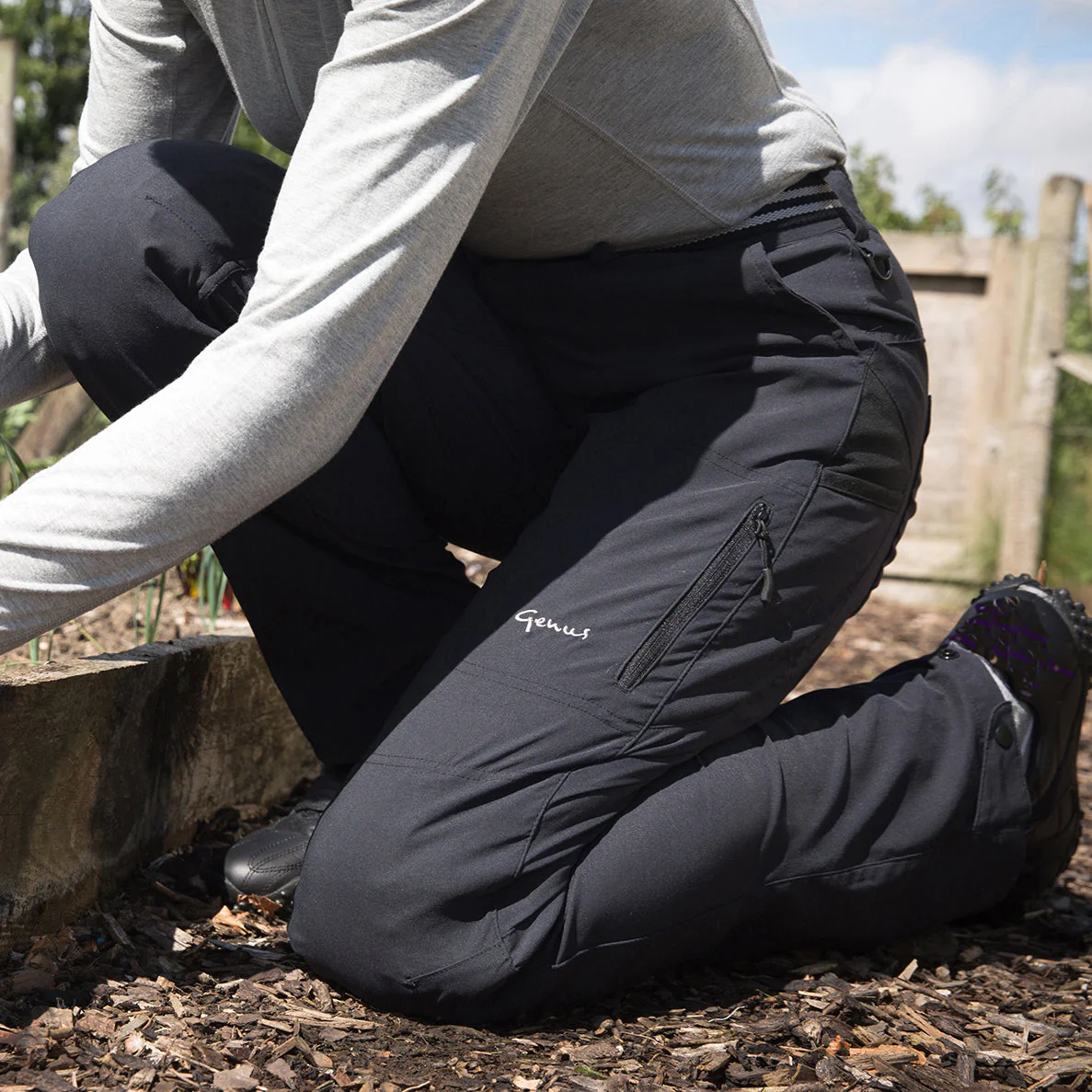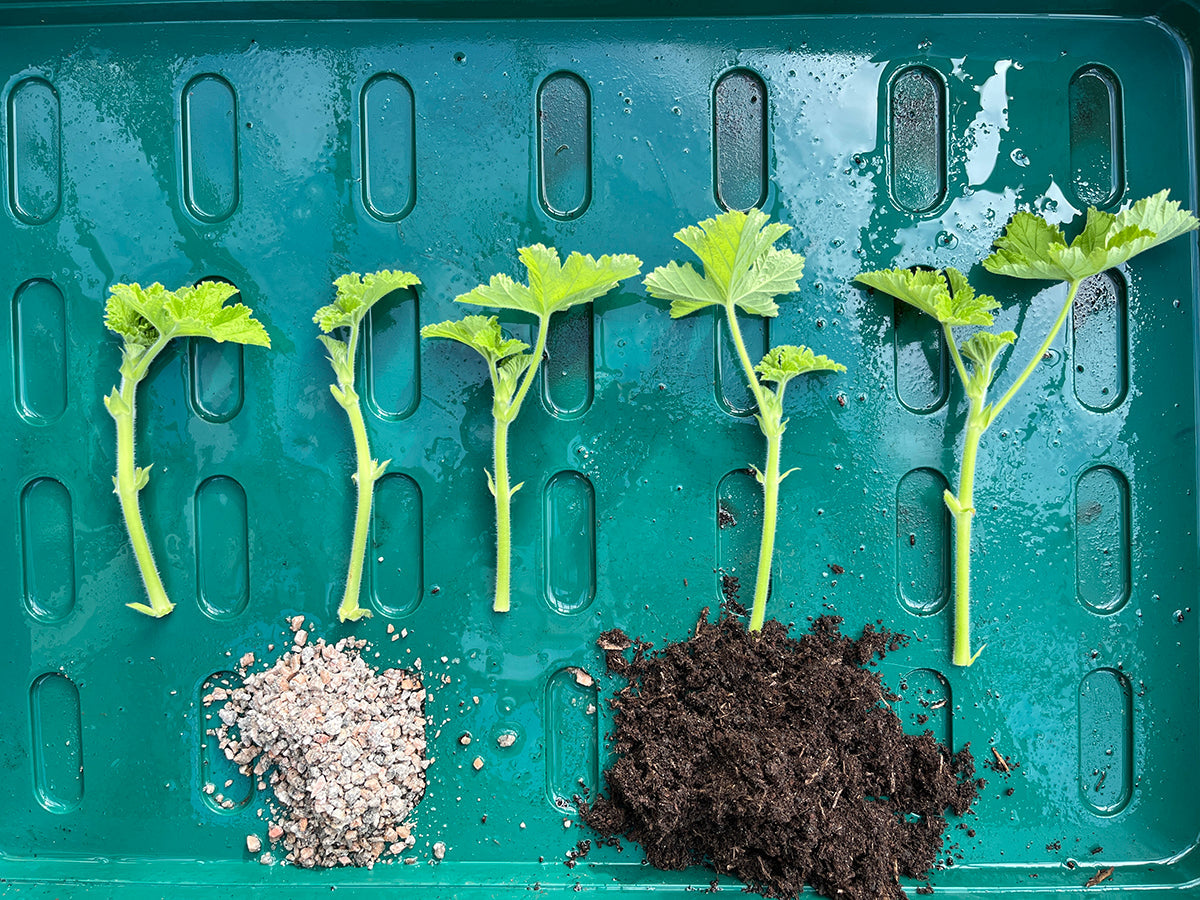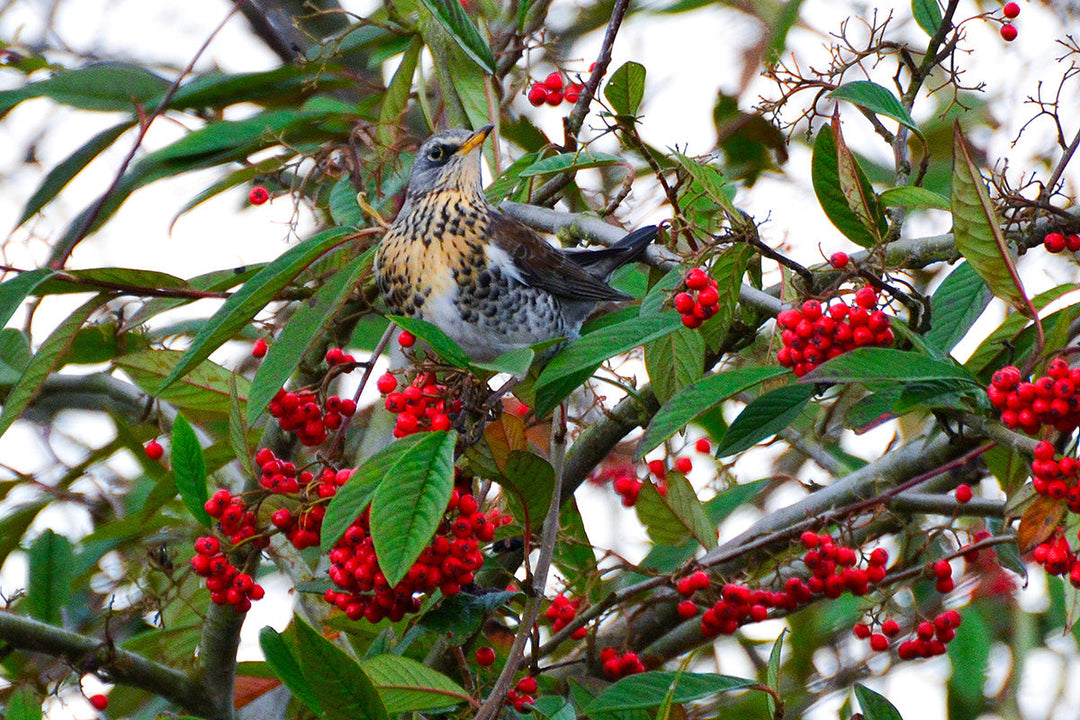Nettles - from sting to wing

At last! Leaving a clump of nettles in the garden has always been recommended as a refuge and food source for insects and other invertebrates. Results aren’t always immediate, in fact we’ve waited for five years to see any results. But we were so happy this week to spot some peacock butterfly caterpillars on the nettles that we leave in a corner of the garden.
The dark writhing mass of larvae in their protective purse of webbing was easy to spot as we passed by on the way to the compost heap. It’s such an encouraging sight after last year's dreadful weather and dearth of butterflies and insects in general. Passing the nettles the following day we noticed a change. The ball of caterpillars was lifeless and all that remained was a clump of empty skins. But it wasn’t predation - they hadn’t been eaten. They had molted!
A metre away the proof was plain to see. Dozens of fatter, fitter, caterpillars were spread out over the nettles, independent now and grazing in earnest, packing on weight to enable them to undergo the metamorphosis from chrysalis to butterfly. In a few months time we’ll start to see the results of their hard work as they fill the garden, visiting our borders and supping on windfall apples lured by the heady scent of the fermenting juices.











